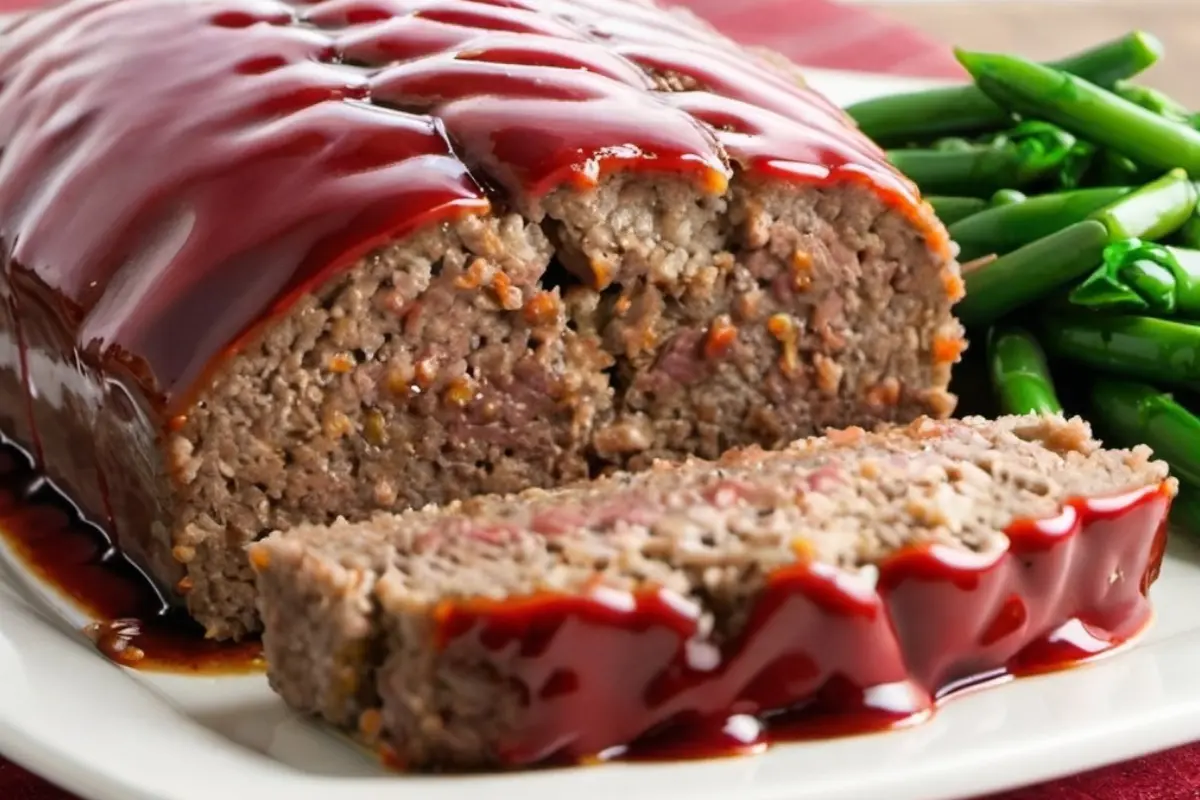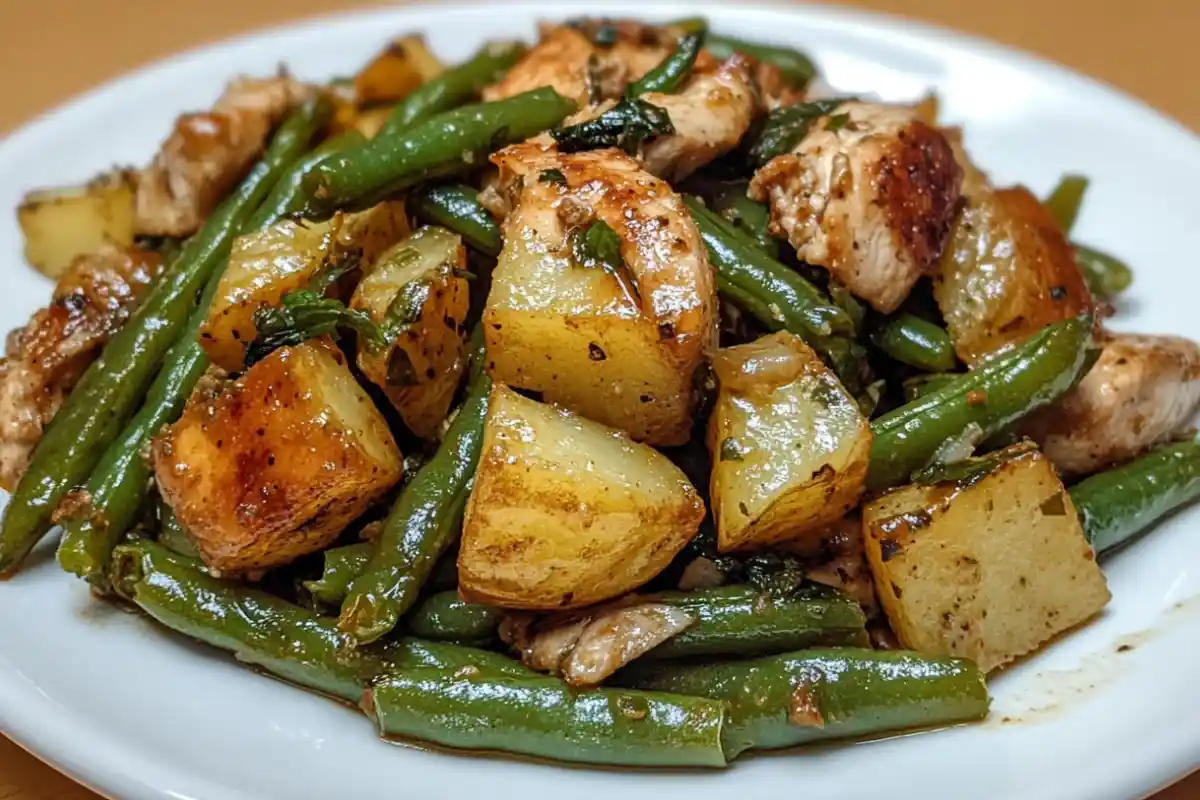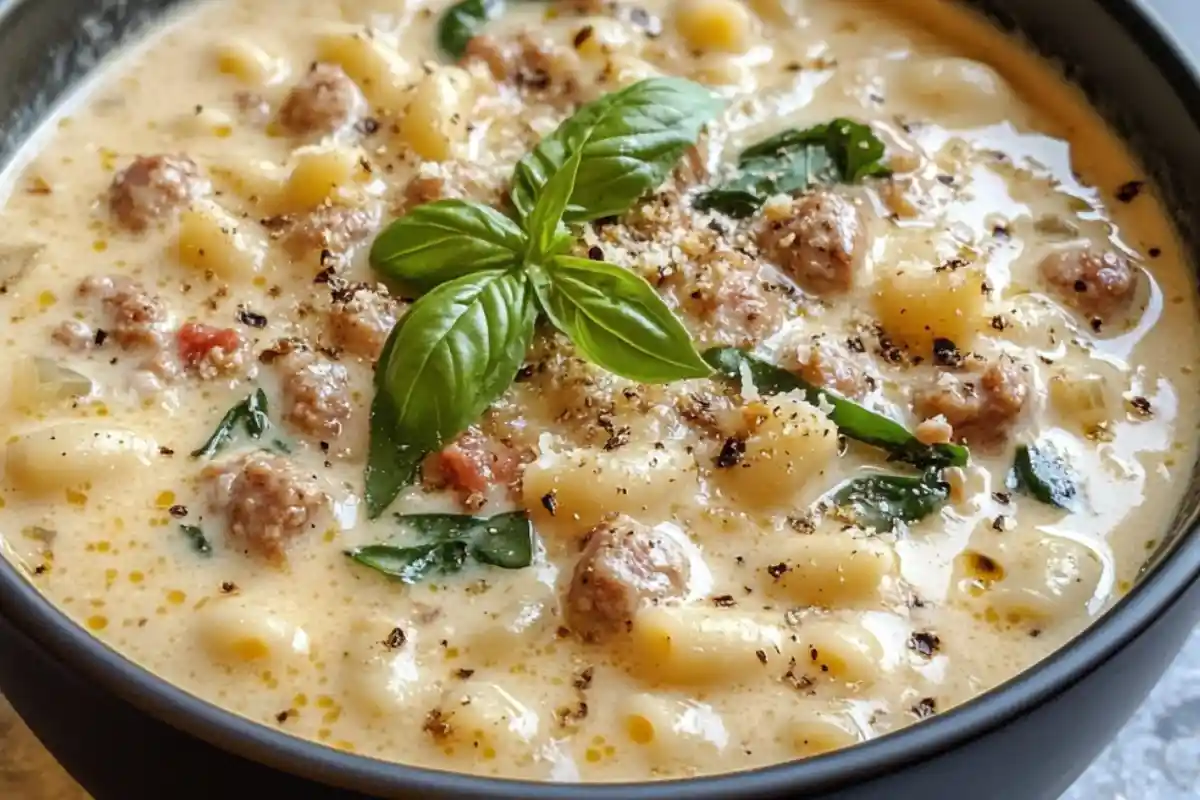A meatloaf glaze recipe is the secret ingredient that transforms a simple meatloaf into a mouthwatering dish that will have everyone asking for seconds. The glaze adds a layer of flavor, moisture, and visual appeal that takes the classic comfort food to the next level. Whether you’re a seasoned chef or a home cook trying your hand at meatloaf for the first time, having the right glaze recipe in your culinary arsenal is crucial.
In this comprehensive guide, we’ll dive deep into everything you need to know about crafting the perfect meatloaf glaze. From understanding the key ingredients to mastering the application techniques, we’ve got you covered. So, let’s get started on your journey to creating the ultimate meatloaf glaze that will make your meatloaf a family favorite!
The Perfect Meatloaf Glaze Recipe: Ingredients and Their Importance
Key Ingredients for a Delicious Glaze
The foundation of any great meatloaf glaze recipe lies in its ingredients. While there are countless variations, a few key components remain consistent across most recipes:
- Ketchup: This is the most common base for a meatloaf glaze. Its sweet and tangy flavor pairs perfectly with the savory meatloaf, creating a balanced taste.
- Brown Sugar: Adding brown sugar to the glaze introduces a rich sweetness that complements the acidity of the ketchup. It also helps to caramelize the glaze as it bakes, giving it a beautiful, glossy finish.
- Vinegar: A touch of vinegar (often apple cider or white vinegar) adds a tangy kick that cuts through the richness of the meat, brightening up the overall flavor.
- Mustard: Whether you prefer yellow mustard, Dijon, or even spicy brown mustard, this ingredient adds depth and a slight bite to the glaze.
- Worcestershire Sauce: This savory sauce adds umami and complexity, enhancing the overall flavor profile of the glaze.
- Salt and Pepper: These basic seasonings are essential to balance the sweetness and acidity in the glaze.

Ingredient Substitutions for Dietary Preferences
Not everyone can enjoy the classic ingredients in a meatloaf glaze recipe due to dietary restrictions or personal preferences. Here are some common substitutions:
- Ketchup Alternatives: For those avoiding sugar, try using a sugar-free ketchup or a homemade tomato puree mixed with spices.
- Brown Sugar Substitutes: Consider using coconut sugar, honey, or maple syrup as a natural sweetener alternative.
- Vinegar Variants: If vinegar isn’t an option, lemon juice or lime juice can add the necessary acidity.
- Gluten-Free Worcestershire Sauce: Ensure your Worcestershire sauce is gluten-free, or replace it with tamari or coconut aminos for a similar umami flavor.
How to Make the Perfect Meatloaf Glaze
Step-by-Step Guide to Crafting the Glaze
Creating the perfect meatloaf glaze recipe is a straightforward process, but attention to detail is key. Follow these steps to ensure your glaze is both flavorful and visually appealing:
- Measure Ingredients: Start by measuring out your key ingredients: ketchup, brown sugar, vinegar, mustard, Worcestershire sauce, salt, and pepper.
- Combine Ingredients: In a medium-sized mixing bowl, whisk together the ketchup, brown sugar, vinegar, mustard, and Worcestershire sauce until smooth.
- Season to Taste: Add salt and pepper to taste. Remember, it’s easier to add more seasoning later than to fix an over-salted glaze.
- Adjust Consistency: If your glaze is too thick, add a little more vinegar or a splash of water to thin it out. If it’s too thin, a bit more brown sugar or ketchup will thicken it up.
- Let It Rest: Allow the glaze to sit for a few minutes to let the flavors meld together.
Tips for Mixing the Ingredients
To ensure a smooth and consistent glaze:
- Use a Whisk: A whisk helps to incorporate the ingredients fully, preventing clumps of sugar or mustard from forming.
- Taste as You Go: Don’t be afraid to taste the glaze as you mix. This allows you to adjust the seasoning to your liking.
- Consider Heat: If you prefer a warm glaze, gently heat the mixture on the stove over low heat, stirring constantly to avoid burning the sugar.
Enhancing the Flavor: Tips and Tricks
Adding a Sweet Twist: Brown Sugar and Honey
If you love a sweeter glaze, consider adding extra brown sugar or even a spoonful of honey. Honey adds a natural sweetness and helps create a thicker, stickier glaze that clings beautifully to the meatloaf. However, be careful not to add too much, as it can make the glaze overly sweet.
Spicing It Up: Adding Heat to Your Glaze
For those who enjoy a bit of heat, there are several ways to spice up your meatloaf glaze recipe:
- Hot Sauce: A few dashes of your favorite hot sauce can add a fiery kick.
- Cayenne Pepper: A pinch of cayenne pepper will introduce heat without altering the glaze’s texture.
- Crushed Red Pepper Flakes: These add both heat and a bit of texture to the glaze.
Different Variations of Meatloaf Glaze Recipes
Classic Tomato-Based Glaze
The classic meatloaf glaze recipe is simple yet effective. It relies on the tanginess of ketchup, the sweetness of brown sugar, and a touch of vinegar to balance everything out. This glaze is perfect for those who enjoy traditional, straightforward flavors.
Barbecue-Infused Glaze
For a smoky, robust flavor, consider using barbecue sauce as the base of your glaze instead of ketchup. Add a little brown sugar and vinegar to balance the flavors, and you’ve got a glaze that pairs perfectly with a meatloaf cooked on the grill.
Honey Mustard Glaze
A honey mustard glaze combines the sweetness of honey with the tang of mustard, creating a unique and flavorful topping for your meatloaf. This glaze is especially good on turkey or chicken meatloaf.
Sweet and Spicy Glaze
If you’re a fan of bold flavors, try a sweet and spicy glaze. Mix ketchup, brown sugar, hot sauce, and a touch of soy sauce or Worcestershire sauce for a glaze that’s bursting with flavor. This glaze is perfect for those who enjoy a bit of a kick with their meatloaf.
Common Mistakes to Avoid When Making Meatloaf Glaze
Overcooking the Glaze
One of the most common mistakes when making a meatloaf glaze recipe is overcooking it. If the glaze cooks for too long, especially at high heat, the sugar can burn, resulting in a bitter taste. To avoid this, apply the glaze during the last 15-20 minutes of cooking and keep an eye on it to ensure it doesn’t burn.
Using the Wrong Proportions
Getting the right balance of sweetness, tanginess, and savory flavors is crucial. Too much sugar can make the glaze overly sweet, while too much vinegar can make it too tangy. Stick to the recipe proportions, and adjust slightly to taste as needed.
Not Balancing Sweetness and Tang
A great meatloaf glaze recipe should have a perfect balance of sweet and tangy. If your glaze tastes too sweet, add a bit more vinegar or mustard. If it’s too tangy, a little extra brown sugar or honey can help balance it out.
Pairing the Meatloaf Glaze with the Right Meatloaf
Best Meatloaf Recipes to Complement Your Glaze
The right meatloaf can elevate your glaze to new heights. Here are some meatloaf recipes that pair well with different glazes :
- Classic Beef Meatloaf: This rich and savory meatloaf pairs well with a traditional ketchup-based glaze or a smoky barbecue glaze.
- Turkey Meatloaf: Lighter in flavor, turkey meatloaf is complemented beautifully by a honey mustard glaze or a sweet and spicy glaze.
- Pork Meatloaf: Pork meatloaf’s slightly sweeter flavor profile pairs well with a glaze that has a touch of heat, like a barbecue-infused or spicy glaze.
Pairing Glazes with Different Meat Bases (Beef, Turkey, Pork)
- Beef: Works well with bolder glazes like the classic tomato-based or barbecue-infused versions.
- Turkey: Best paired with lighter, sweeter glazes like honey mustard or a sweet and spicy mix.
- Pork: Can handle a bit of spice, so try a sweet and spicy glaze or even a glaze with added hot sauce for a kick.
How to Apply the Meatloaf Glaze for Best Results
Timing is Everything: When to Add the Glaze
The timing of when you apply your meatloaf glaze recipe can make a big difference in the final dish. Apply the glaze too early, and it can burn; apply it too late, and it won’t have time to meld with the meatloaf. The sweet spot is usually during the last 15-20 minutes of cooking.
Techniques for Even Glaze Distribution
To ensure your glaze is evenly distributed:
- Use a Brush: A silicone or pastry brush is ideal for spreading the glaze evenly over the meatloaf.
- Layer It On: Consider applying the glaze in two layers—one earlier in the cooking process and another about 5 minutes before the meatloaf is done. This allows the glaze to caramelize without burning.
- Don’t Forget the Sides: Make sure to coat the sides of the meatloaf as well, not just the top.
Cooking Methods: Oven vs. Grill
Differences in Flavor and Texture
The method you use to cook your meatloaf can have a significant impact on the final flavor and texture of your glaze:
- Oven: Cooking meatloaf in the oven results in a more consistent, even cook. The glaze will caramelize nicely on top, creating a sticky, sweet crust.
- Grill: Grilling your meatloaf adds a smoky flavor to both the meat and the glaze. However, grilling can also make it more challenging to prevent the glaze from burning, so be sure to watch it closely.
How Each Method Affects the Glaze
- Oven-Baked Glaze: Tends to be thicker and more caramelized. The even heat ensures the glaze cooks uniformly.
- Grilled Glaze: Has a smoky flavor with a slightly charred texture. The glaze may be a bit thinner due to the higher heat of the grill.

Meatloaf Glaze for Different Dietary Needs
Gluten-Free Meatloaf Glaze Options
For those with gluten sensitivities, creating a gluten-free meatloaf glaze recipe is easy:
- Use Gluten-Free Ketchup: Ensure your ketchup is certified gluten-free.
- Substitute Worcestershire Sauce: Some Worcestershire sauces contain gluten, so opt for a gluten-free version or use tamari instead.
Sugar-Free and Low-Carb Variants
For those on a low-carb or sugar-free diet, try these modifications:
- Use Sugar-Free Ketchup: This reduces the overall sugar content in the glaze.
- Sweeteners: Replace brown sugar with a low-carb sweetener like stevia or erythritol.
- Vinegar: Stick to natural vinegar like apple cider or white vinegar, which have no added sugars.
Storing and Reheating Your Meatloaf Glaze
Proper Storage Techniques
If you have leftover glaze or want to make it ahead of time, here’s how to store it properly:
- Refrigeration: Store the glaze in an airtight container in the refrigerator for up to a week.
- Freezing: For longer storage, freeze the glaze in a freezer-safe container. It will last for up to three months. Thaw it in the refrigerator before use.
Best Ways to Reheat Without Losing Flavor
To reheat your glaze without compromising its flavor:
- Stovetop: Heat the glaze in a small saucepan over low heat, stirring occasionally until warmed through.
- Microwave: Reheat in the microwave in 15-second intervals, stirring between each interval to ensure even heating.
Conclusion
Creating the perfect meatloaf glaze recipe is an art that requires balancing flavors, understanding the right ingredients, and applying the glaze at the correct time. Whether you prefer a classic tomato-based glaze, a sweet and spicy mix, or a smoky barbecue-infused topping, the key is to experiment and find the combination that best suits your taste.
With the tips and recipes provided in this guide, you’re well on your way to crafting a meatloaf glaze that will not only enhance your dish but also make it unforgettable. So, roll up your sleeves, get your ingredients ready, and start glazing your way to a deliciously satisfying meatloaf!
Frequently Asked Questions About Meatloaf Glaze
Yes, you can freeze meatloaf with the glaze on top. However, it’s best to apply a fresh layer of glaze when reheating to enhance the flavor and appearance.
Meatloaf glaze will last in the refrigerator for up to a week when stored in an airtight container. Be sure to give it a good stir before using it again.
Absolutely! Making the glaze ahead of time can save you effort on cooking day. Just store it in the refrigerator and reheat gently before applying it to your meatloaf.





